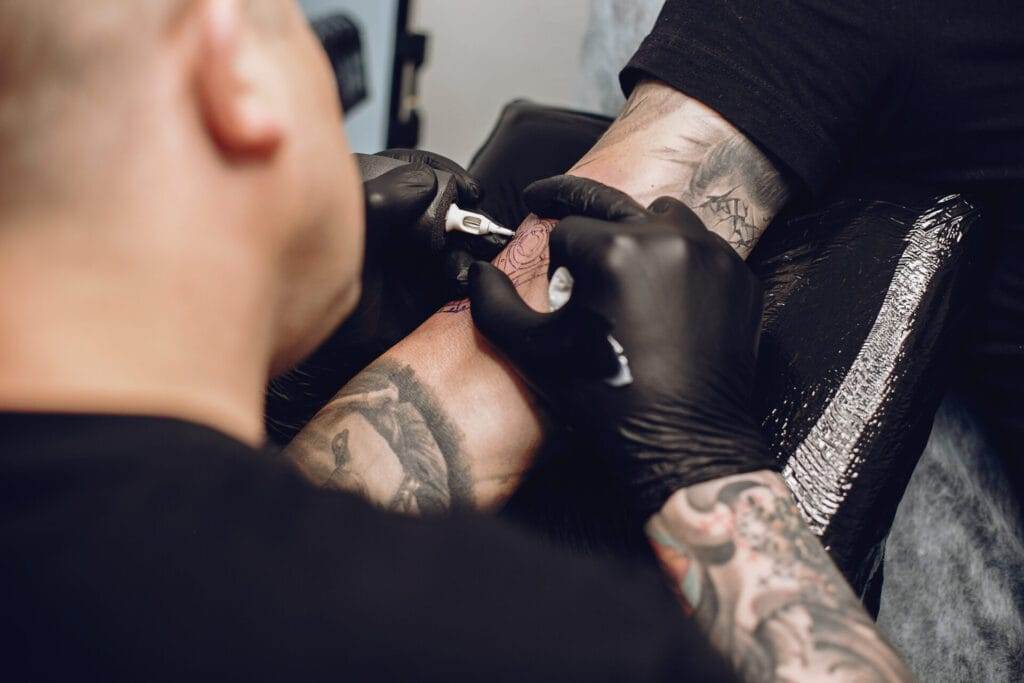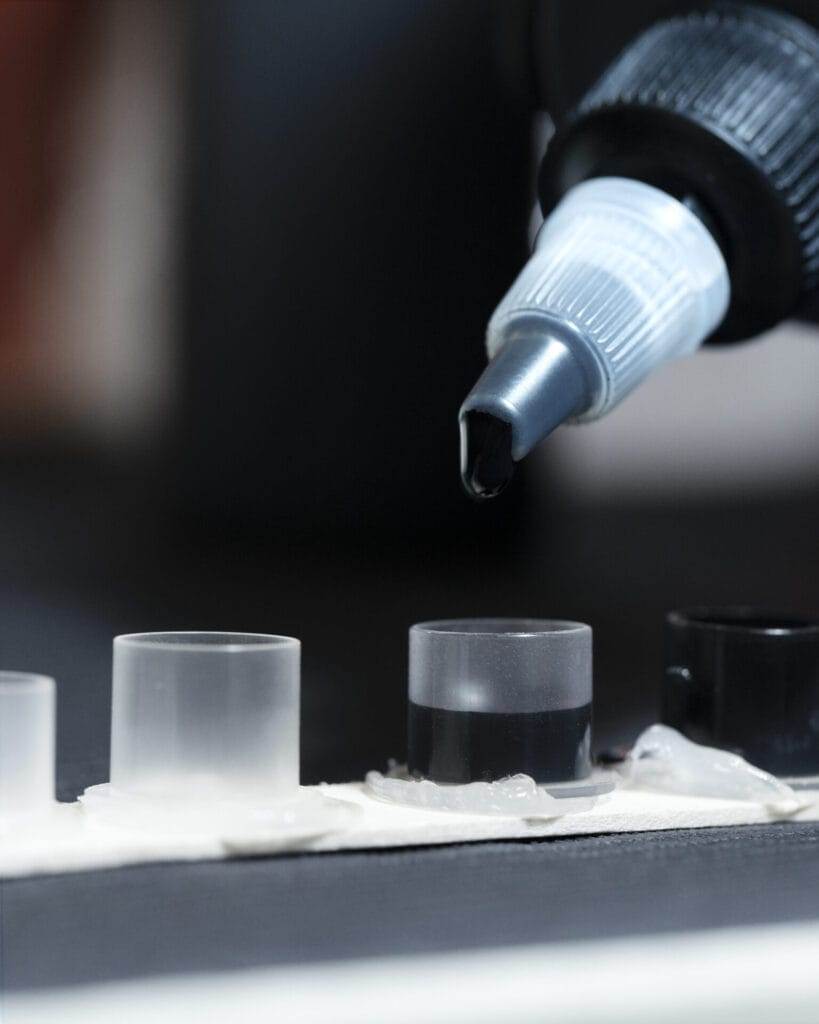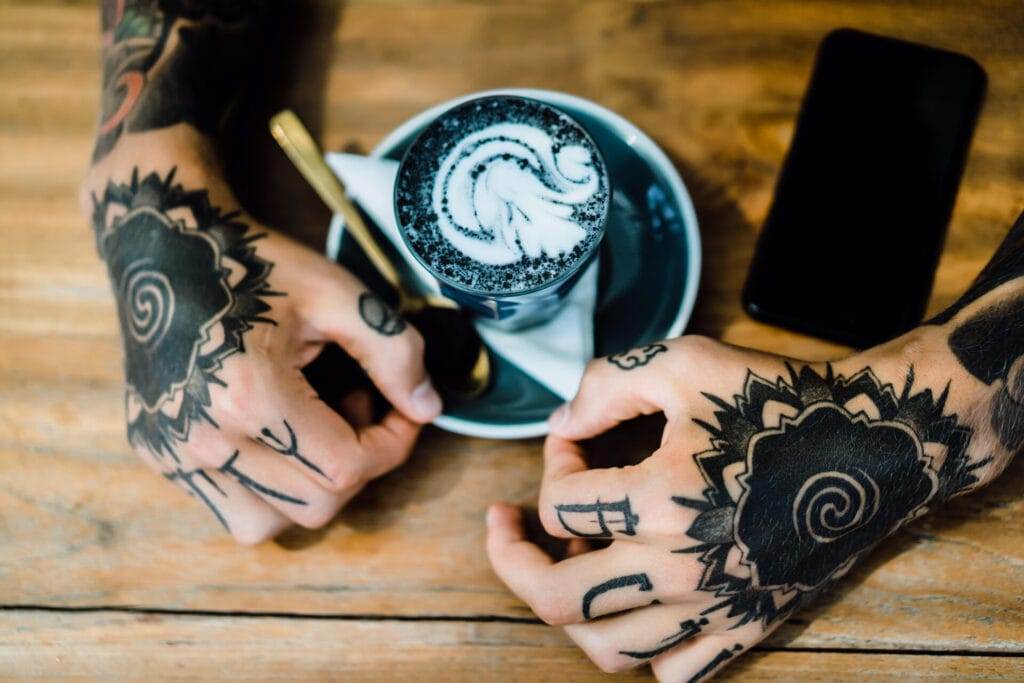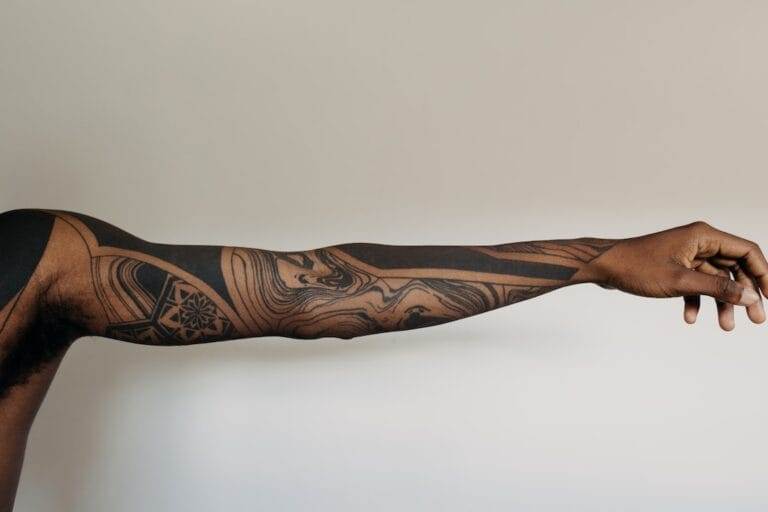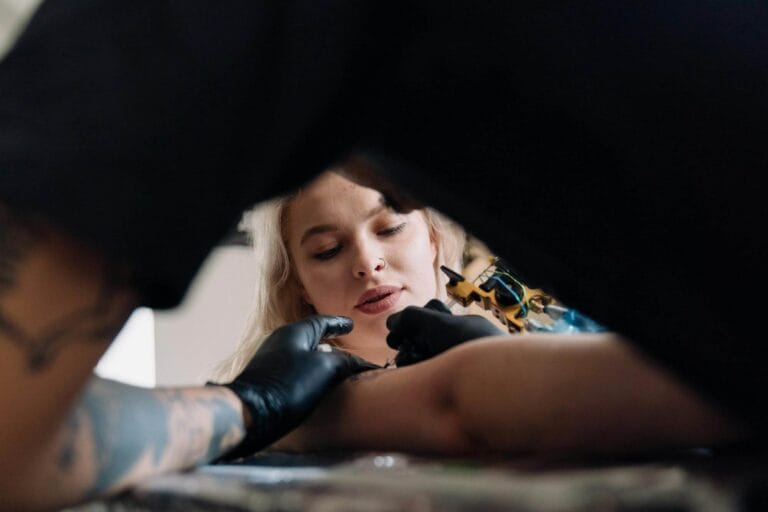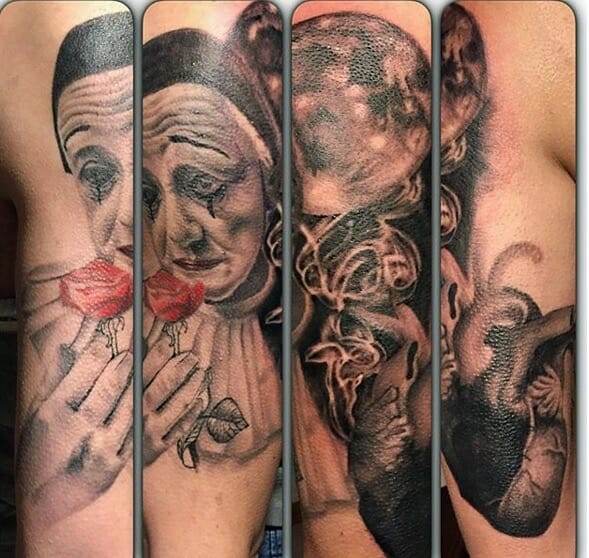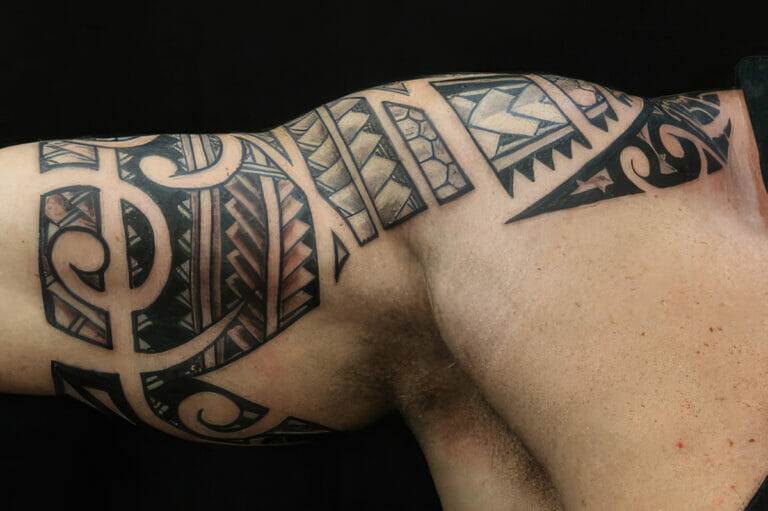
Tattooing has been practiced for thousands of years, with evidence of its existence dating back to ancient civilizations. From tribal markings to religious symbols, tattoos have served as a form of self-expression and cultural significance. However, in recent years, there has been a rise in the popularity of custom tattoo design. This shift can be attributed to the desire for individuals to have a unique and personal tattoo that reflects their individuality.
Understanding the importance of a unique tattoo design
A unique tattoo design is important for several reasons. Firstly, it allows individuals to express their individuality and stand out from the crowd. In a world where trends come and go, having a custom tattoo ensures that your body art is one-of-a-kind and not something that will be seen on every other person.
Secondly, a custom tattoo design allows individuals to tell their own story. Whether it’s a symbol that represents a personal experience or a design that holds deep meaning, a custom tattoo can serve as a reminder of important moments or values in one’s life.
On the other hand, flash tattoos are pre-designed images that are readily available in tattoo studios. While flash tattoos can be visually appealing, they lack the personal touch and meaning that comes with a custom design. By opting for a custom tattoo, individuals have the opportunity to create something truly unique and meaningful.
Finding inspiration for your custom tattoo design
Finding inspiration for your custom tattoo design can come from various sources. One common source is nature, as it offers an abundance of beautiful and symbolic imagery. Animals, flowers, and landscapes can all serve as inspiration for your tattoo design.
Another source of inspiration can be found in art and culture. From traditional paintings to contemporary illustrations, art can provide endless possibilities for unique and visually striking tattoo designs. Additionally, cultural symbols and motifs can be incorporated into your design to pay homage to your heritage or to express your connection to a particular culture.
When gathering and organizing your ideas, it can be helpful to create a mood board or a visual collage. This allows you to see all your ideas in one place and helps you identify common themes or elements that you want to incorporate into your design. It also provides a visual reference for your tattoo artist, making it easier for them to understand your vision.
Communicating your vision effectively
Effective communication with your tattoo artist is key to ensuring that your vision is accurately translated into a design. Here are some tips for effective communication:
1. Be clear and specific: Clearly articulate your ideas and preferences to your artist. Provide as much detail as possible, including any specific elements or symbols you want to include in your design.
2. Bring visual references: If you have any images or examples that represent the style or elements you want in your tattoo, bring them along to your consultation. This will help your artist understand your aesthetic preferences.
3. Ask questions: Don’t be afraid to ask questions or seek clarification if something is unclear. It’s important to have a clear understanding of the design process and what to expect.
4. Be open to suggestions: While it’s important to communicate your vision, it’s also important to be open to suggestions from your artist. They have the expertise and experience to offer valuable insights and may have ideas that can enhance your design.
Incorporating meaningful symbolism into your design
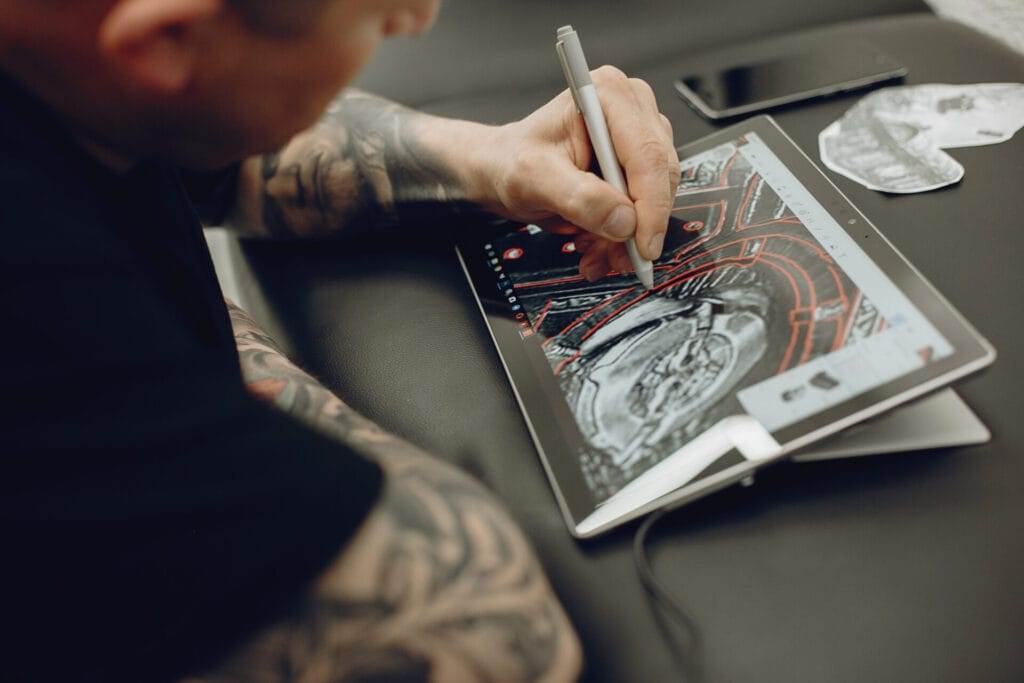
Symbolism plays a significant role in tattoo design, as it adds depth and personal meaning to the artwork. When choosing symbols for your custom tattoo, it’s important to select ones that hold significance to you.
Symbols can represent various aspects of life, such as love, strength, or spirituality. They can also represent personal experiences or milestones. For example, a lotus flower may symbolize growth and resilience, while a compass can represent guidance and direction.
When incorporating symbolism into your design, consider how different symbols can work together to create a cohesive and meaningful composition. Discuss your ideas with your tattoo artist, as they can provide guidance on how to incorporate symbols in a visually appealing way.
Choosing the right colors for your tattoo
Color plays an important role in tattoo design, as it can evoke different emotions and enhance the overall aesthetic of the artwork. When choosing colors for your custom tattoo, consider the psychology of color and how it aligns with the meaning or mood you want to convey.
For example, warm colors like red and orange are often associated with passion and energy, while cool colors like blue and green can evoke feelings of calmness and tranquility. Additionally, consider how different colors complement each other and work together in your design.
Discuss your color preferences with your tattoo artist, as they can provide insights on how different colors will look on your skin tone and how they will age over time. They can also suggest color combinations that will enhance the overall impact of your design.
Exploring different tattoo styles and techniques
There are various tattoo styles and techniques to choose from, each with its own unique aesthetic and characteristics. Some popular tattoo styles include traditional, neo-traditional, realism, watercolor, and blackwork.
When choosing a style for your custom tattoo, consider how it aligns with your design and personal preferences. Look at examples of different styles and see which ones resonate with you the most. Additionally, discuss your ideas with your tattoo artist, as they can provide insights on which style will best suit your design.
It’s also worth considering the technical aspects of different tattoo techniques. For example, watercolor tattoos require a different approach than traditional tattoos, as they involve blending colors and creating a more painterly effect. Discuss these technical considerations with your artist to ensure that they have the skills and experience necessary to execute your chosen style or technique.
Incorporating personal elements into your design
To make your custom tattoo design truly unique to you, consider incorporating personal elements that hold significance in your life. These elements can be anything from initials or names of loved ones to symbols that represent hobbies or passions.
For example, if you’re an avid traveler, you could incorporate a world map or a compass into your design. If music is a big part of your life, you could include musical notes or an instrument that holds special meaning to you.
Discuss these personal elements with your tattoo artist, as they can help you find creative ways to incorporate them into your design. They can also provide suggestions on how to balance these elements with other symbols or imagery in order to create a visually appealing composition.
Preparing for the tattooing process
Preparing yourself physically and mentally for the tattooing process is important to ensure a smooth and comfortable experience. Here are some tips to help you prepare:
1. Stay hydrated: Drink plenty of water in the days leading up to your tattoo appointment. Hydrated skin is more pliable and can make the tattooing process more comfortable.
2. Get a good night’s sleep: Make sure you get enough rest the night before your appointment. Being well-rested will help you stay relaxed during the tattooing process.
3. Eat a balanced meal: Have a nutritious meal before your appointment to ensure that you have enough energy for the tattooing process.
4. Avoid alcohol and blood-thinning medications: Alcohol and blood-thinning medications can increase bleeding during the tattooing process. It’s best to avoid them in the days leading up to your appointment.
Mentally preparing yourself involves managing any anxiety or nervousness you may have about getting a tattoo. Remind yourself of the reasons why you chose to get a custom tattoo and focus on the excitement of having a unique piece of art on your body.

Caring for your custom tattoo after it’s done
Caring for your custom tattoo after it’s done is crucial to ensure proper healing and long-term vibrancy. Here are some aftercare tips:
1. Follow your artist’s instructions: Your tattoo artist will provide specific aftercare instructions tailored to your tattoo. Follow these instructions carefully to ensure proper healing.
2. Keep it clean: Gently wash your tattoo with mild soap and water, then pat it dry with a clean towel. Avoid scrubbing or rubbing the tattoo, as this can cause irritation.
3. Apply moisturizer: After washing, apply a thin layer of fragrance-free moisturizer to keep the tattoo hydrated. Avoid using petroleum-based products, as they can clog pores.
4. Avoid direct sunlight and swimming: Protect your tattoo from direct sunlight and avoid swimming or soaking in water until it is fully healed. Sun exposure and water can fade or damage the tattoo.
5. Avoid picking or scratching: It’s normal for your tattoo to scab and itch during the healing process. However, avoid picking or scratching at the scabs, as this can cause scarring or color loss.
Custom tattoo design offers individuals the opportunity to have a unique and meaningful piece of art on their bodies. By understanding the importance of a unique design, finding inspiration, working with a professional artist, effectively communicating your vision, incorporating meaningful symbolism, choosing the right colors and style, and adding personal elements, you can create a tattoo that is truly one-of-a-kind. With proper preparation and aftercare, your custom tattoo will not only be visually appealing but also a lasting reminder of your individuality and personal journey. So take the leap and create a custom tattoo design that is as unique as you are.

